Europe’s recently announced Euro 7 emissions regulations may have forced some fresh investment here and there, but few car makers seem to be doing proper research and development on brand-new combustion engines any more. Most have other priorities - and whether they’re quite the right ones still remains a matter of debate.
Mazda - as ever - is a little different. It believes in a global decarbonisation strategy that makes room for piston engines while there’s still call for them, and while they can still be made more efficient. And, as the new Mazda CX-60 e-SkyActiv D clearly demonstrates, in the case of the bigger ones in particular, they absolutely can.
The firm’s product renewal schedule happens to have just delivered a new family of larger, longways-engined SUVs: the CX-60 last year, the larger seven-seat Mazda CX-80 to Europe later this year, and their related 70- and 90-suffixed siblings to markets elsewhere in the world. And, because the markets in which those cars will sell still have an appetite for combustion engines (Japan itself remains fairly EV-sceptical), they need new big engines to match - both petrol and diesel - in addition to hybrid and plug-in hybrid options.
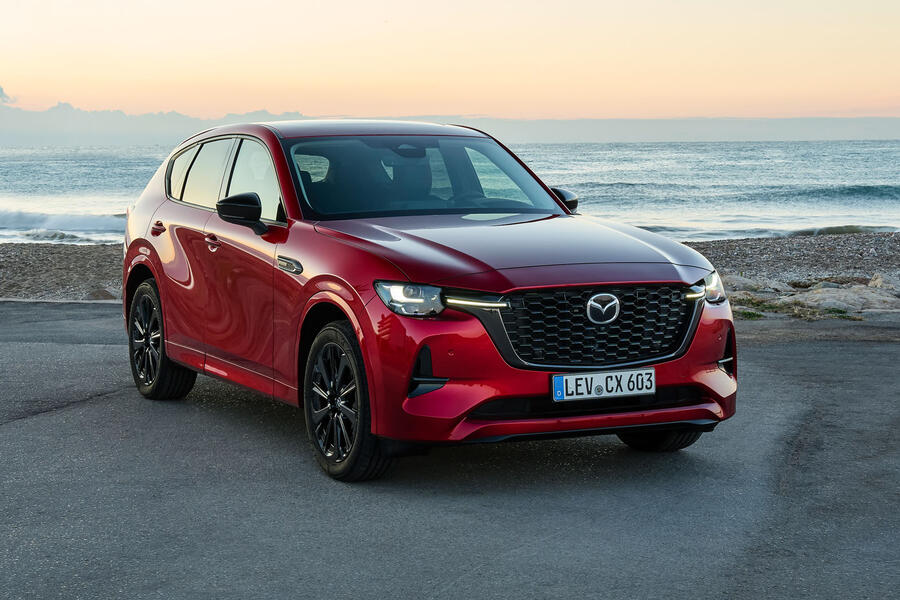
That’s how it is that the Mazda CX-60, which launched in the UK last year in four-cylinder PHEV form, is now getting a box-fresh, 3.3-litre straight-six turbo diesel engine - whose appearance, to European eyes at least, may seem something of an anachronism. Why put an only mildly hybridised six-cylinder diesel into a mid-sized, premium-priced SUV, then, at a time when so many customers apparently wouldn’t contemplate spending premium-level cash on a car that didn’t come with a plug? The answer, as Mazda has it, is pretty simple: in a car of this size, a six-cylinder diesel is actually cleaner and more economical than a four-pot.
As Heiko Strietzel, manager of the powertrain development team behind the unit, explains, a bigger engine can produce the torque necessary to cover most of the propulsive needs of the CX-60 at lower loads, revs and combustion temperatures than an equivalent four-pot. By applying an innovative new piston design, and a fuel injection technology called DCPCI (Distribution-Controlled Partially Premixed Compression Ignition), that six-cylinder engine can more than offset the impacts of its greater mass, friction and swept capacity simply by remaining in a closely controlled, lean-burn state of operation for longer than a four-pot might.
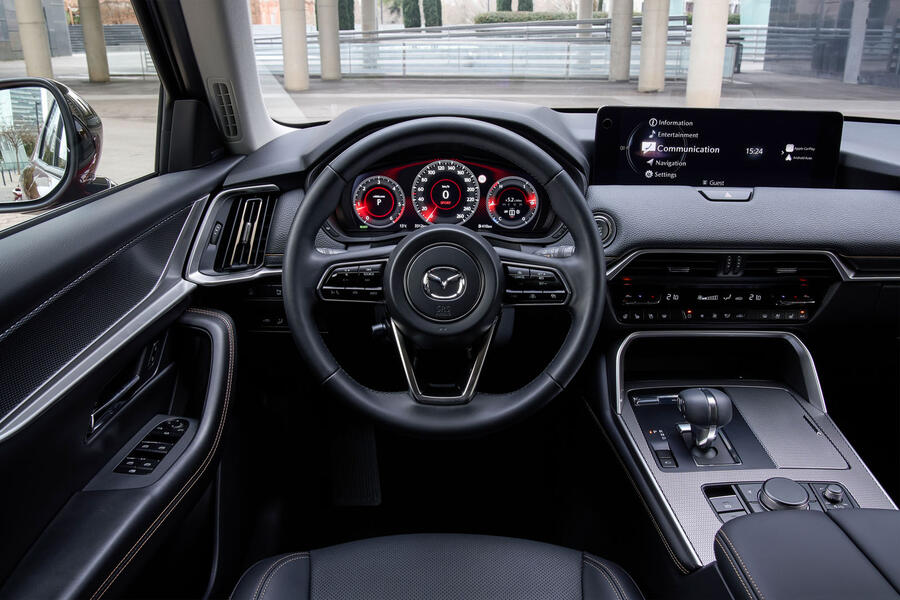


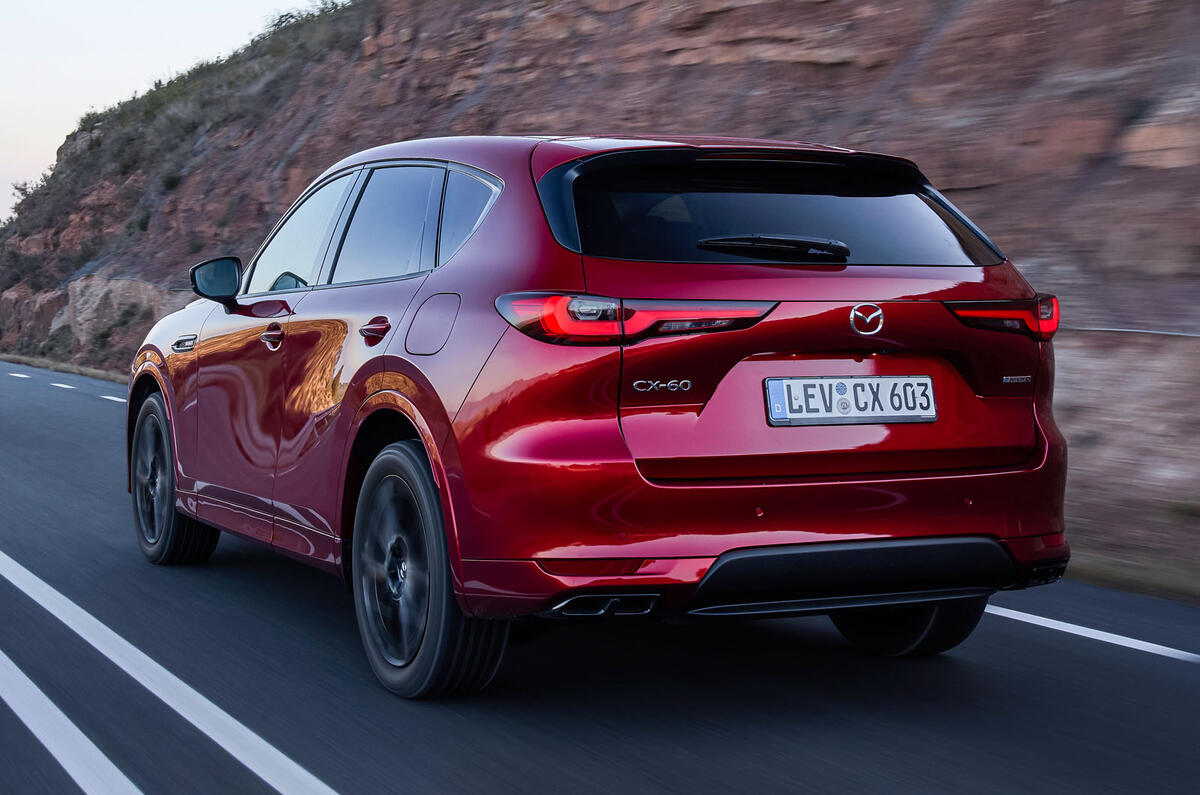
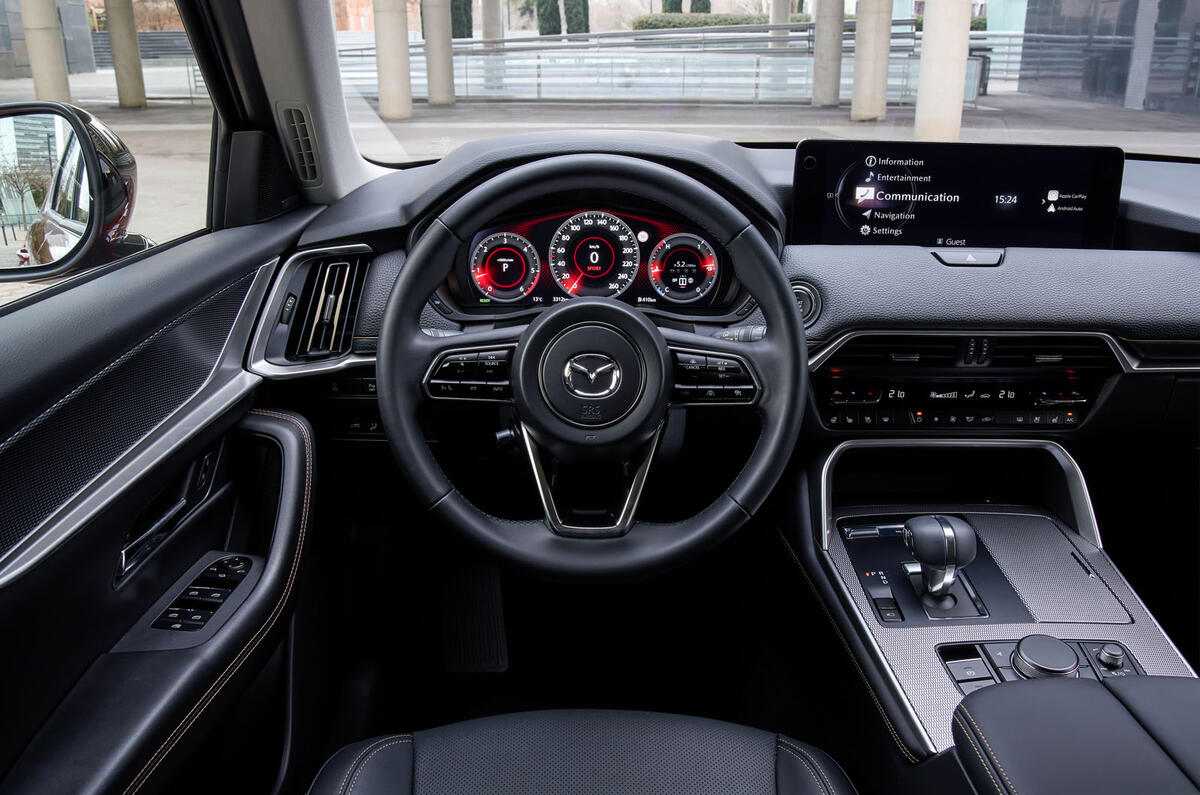
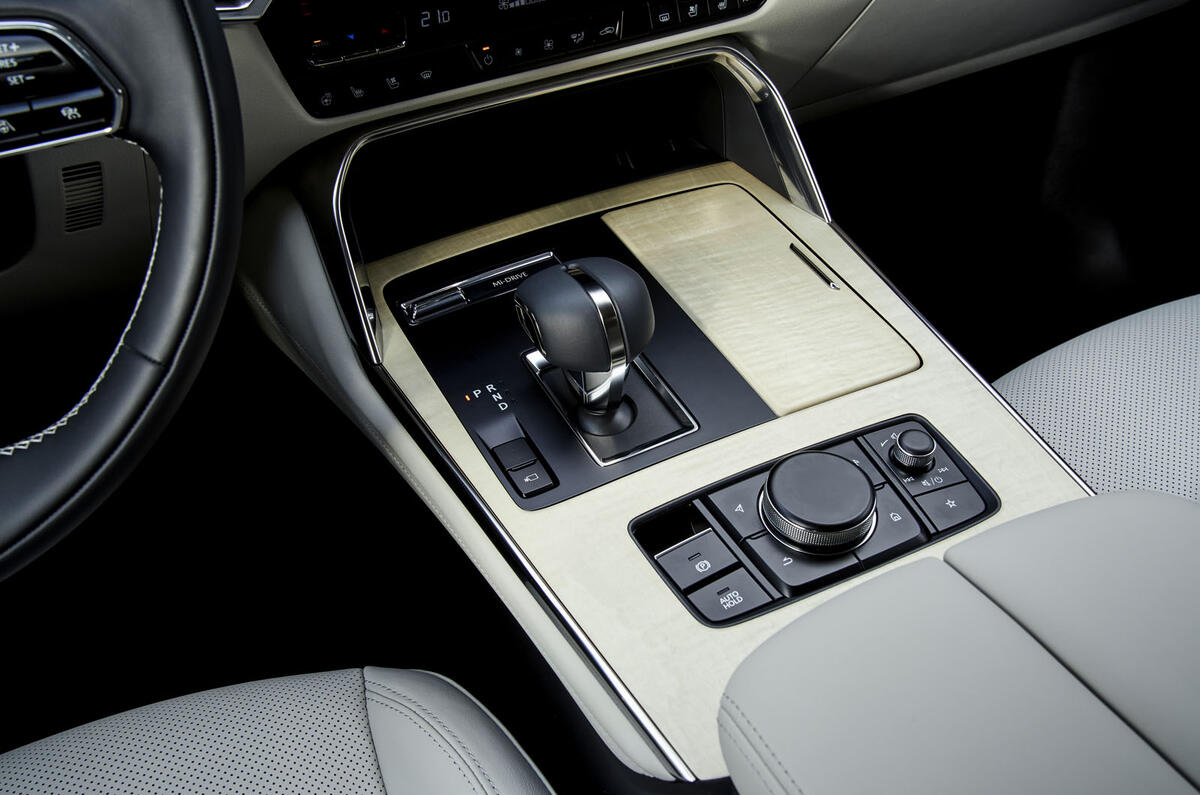
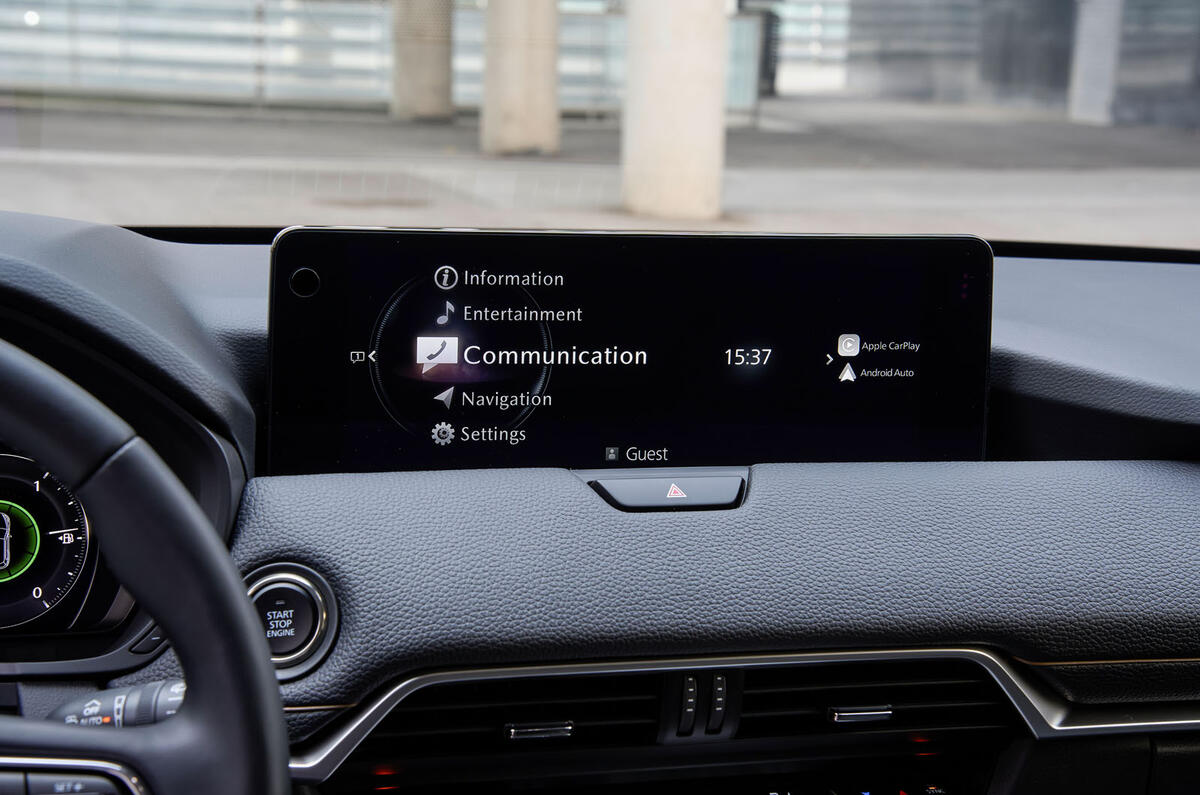
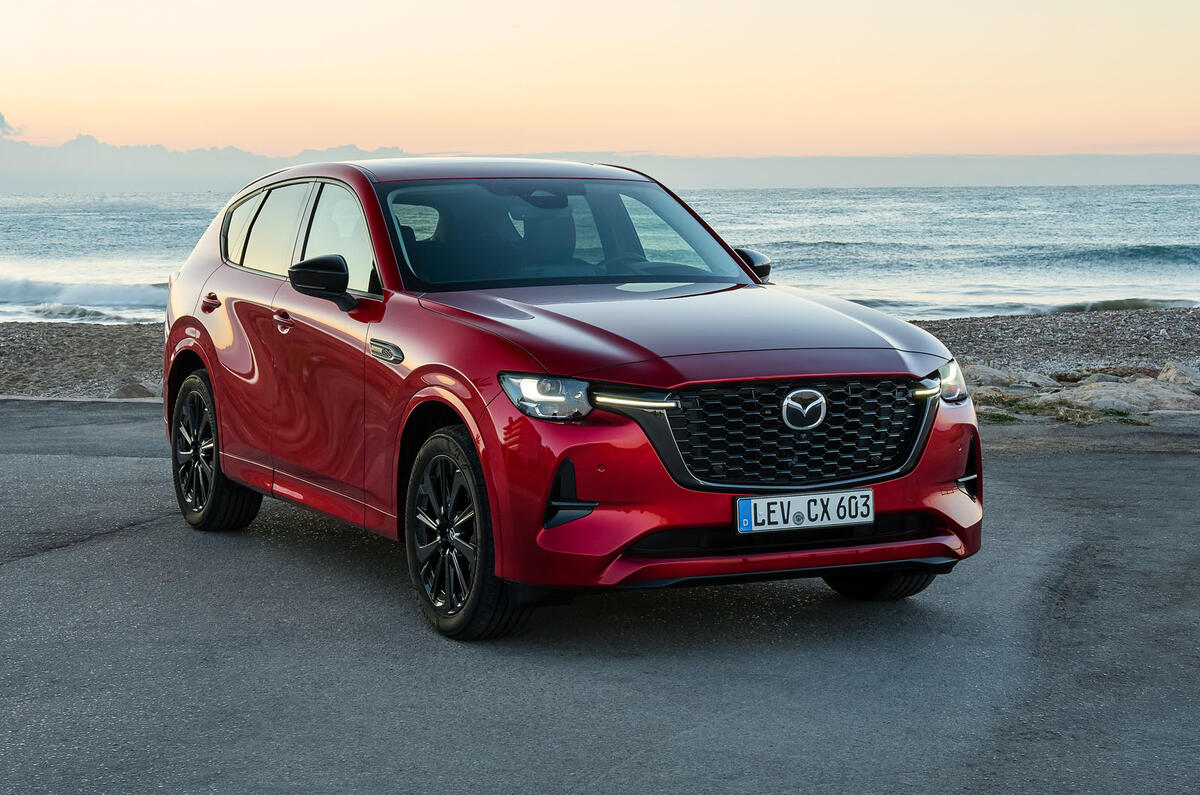
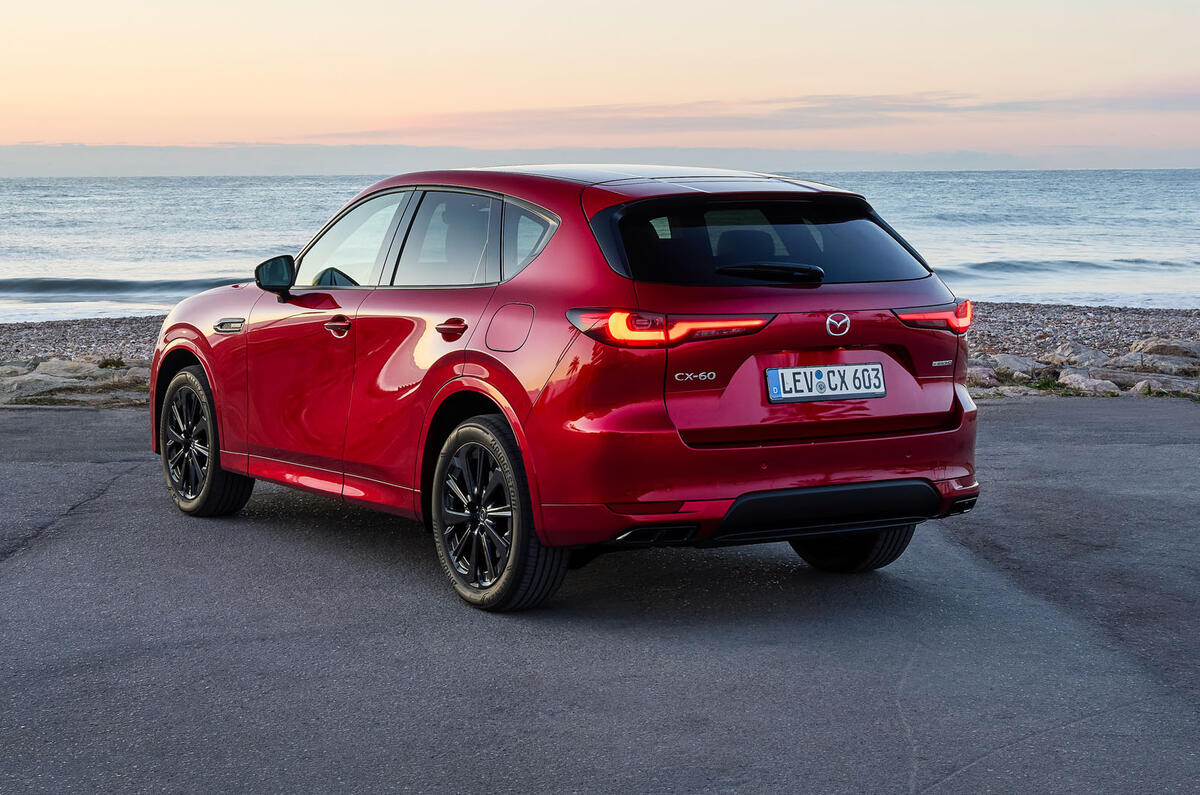
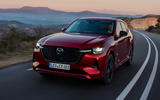








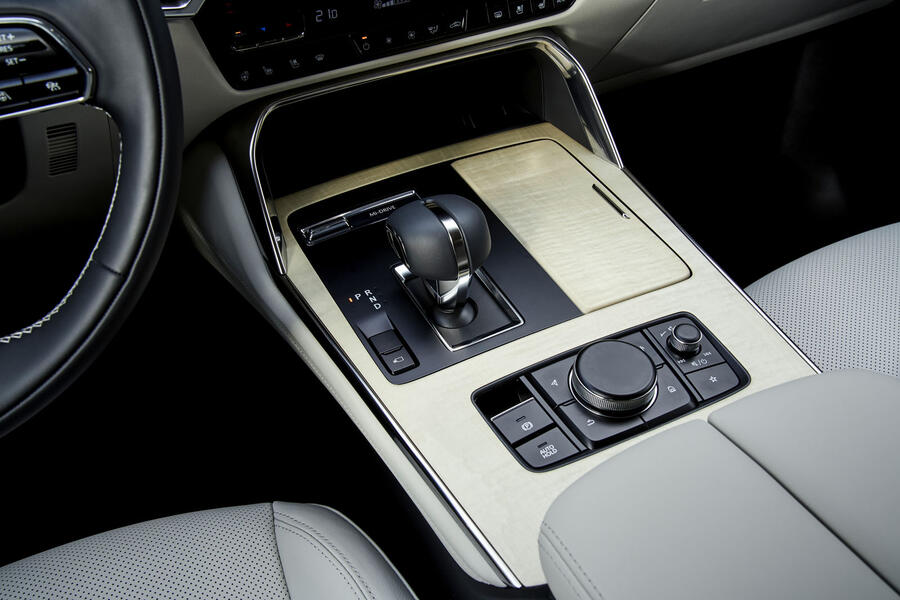






Join the debate
Add your comment
The Japanese just don't do good diesels, which is understandable given neither its home market nor it's largest export market have any desire for them. Quite the contrast to Europe, where pretty much everything had a good diesel option (until VW killed the market for them) and the best were always European designed and built.
I am able to create $88/h to complete few jobs on home computer. L1 I’ve never thought that it’s even achievable but my closest mate earning $25k only within five weeks simply working this leading project & she had convinced me to join…Discover extra details by going following link.... www.jobsrevenue.com
You can't sell a car £10k less than the competition without something giving. If that means a less assuring door thunk so be it. I can happily live with that. But Mazda have some work to do on the suspension and transmission. Something I'm sure they'll get right.
something giving and 10k less, more like 5k by the time you make it awd like the X3